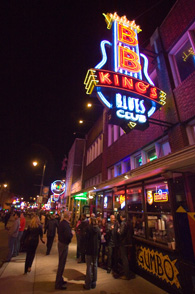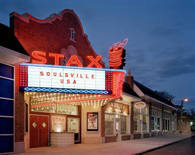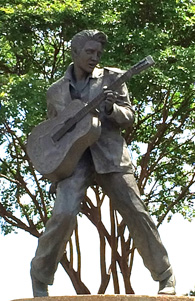We are offering the following tutorial sessions on Tuesday May 17, 2016. These sessions will provide insight into clinical and technical questions that are of particular interest to the society.
- Tutorial #1- Tuesday, May 17, 8am-10am
- To Wear of Not to Wear? Eye Tracking in Posture and Gait
- Joshua Haworth, PhD, Kennedy Krieger Institute and Johns Hopkins School of Medicine
- Eric Anson, MPT, PhD, Johns Hopkins School of Medicine
Purpose: To introduce and describe eye movements during posture and gait, with a particular focus on the research utility and capacity for clinical measurement and assessment
Intended Audience: Anyone interested in understanding the underlying neurobiology of eye movement during posture and gait, and the measurement techniques available to assess its health
- Tutorial #2- Tuesday, May 17, 10:15am-12:15am
- Functional Outcomes Assessment in Patients with Femoral Acetabular Impingement
- Kirsten Tulchin-Francis, PhD, Texas Scottish Rite Hospital for Children
- Sherry Backus, PT, DPT, MA, Hospital for Special Surgery
- Mario Lamontagne, PhD, University of Ottawa
- Cara Lewis, PT, PhD, Boston University
- David Podeszwa, MD, Texas Scottish Rite Hospital for Children
- Jaime Edelstein, PT, DScPT, COMT, OCS, CSCS - Hospital for Special Surgery
- Danilo Catelli, MS, University of Ottawa
- Anthony Anderson, MS, Texas Scottish Rite Hospital for Children
Purpose: To provide an overview of femoral acetabular impingement and the important role that biomechanical evaluation, including motion analysis, has in treatment and outcome assessment
Intended Audience: Orthopedists, Sports Medicine Specialists, biomechanists, physical therapists, athletic trainers, kinesiologists and engineers who participate in the functional evaluation of subjects with hip pathology
- Tutorial #3- Tuesday, May 17, 1pm-3pm
- Outreach Approaches to Innovate and Apply Novel Motion Analysis Technology Beyond the Lab and into the Community
- Gerald F. Harris, PhD, PE, Marquette University
- Jacob R Rammer MS, Marquette University
- Rebecca Boerigter BS, Marquette University
- Tamara L. Cohen BS, Marquette University
- Rakel Zarb BS, Medical College of Wisconsin
- Meghan Teich BS, Medical College of Wisconsin
- Joseph J Krzak PhD PT PCS, Midwestern University
- Peter A Smith MD, Shriners Hospital for Children Chicago
Purpose: Technological progress and cost reduction has enabled more versatile and effective applications of motion analysis. The purpose of this tutorial is to describe the technological innovation process, recent transition of motion analysis out of the lab, community partnership development, and unique preliminary results from point-of-care research studies.
Intended Audience: Physicians, physical therapists and occupational therapists will see unique methods to measure patient progress outside the lab and improve quality of care through quantitative reporting. Engineers, researchers, and assistive technologists will be exposed to medical technology innovation and selection. Both groups will benefit from the results of several motion analysis research studies conducted in community settings using advanced technology.
- Tutorial #4 – Tuesday, May 17, 3:15pm-5:15pm
- The Checklist Manifesto for Researchers in Gait Analysis: How to get things right from study design to research proposal to publication
- Michael Orendurff, PhD, Orthocare Innovations
- Mark Geil, PhD, Georgia State University
Purpose: To introduce the Checklist concept to improve quality at each stage of the research lifespan, identifying commonly missed elements and simple fixes.
Intended Audience: Motion analysis researchers (clinical or academic) and students intending to conduct research








